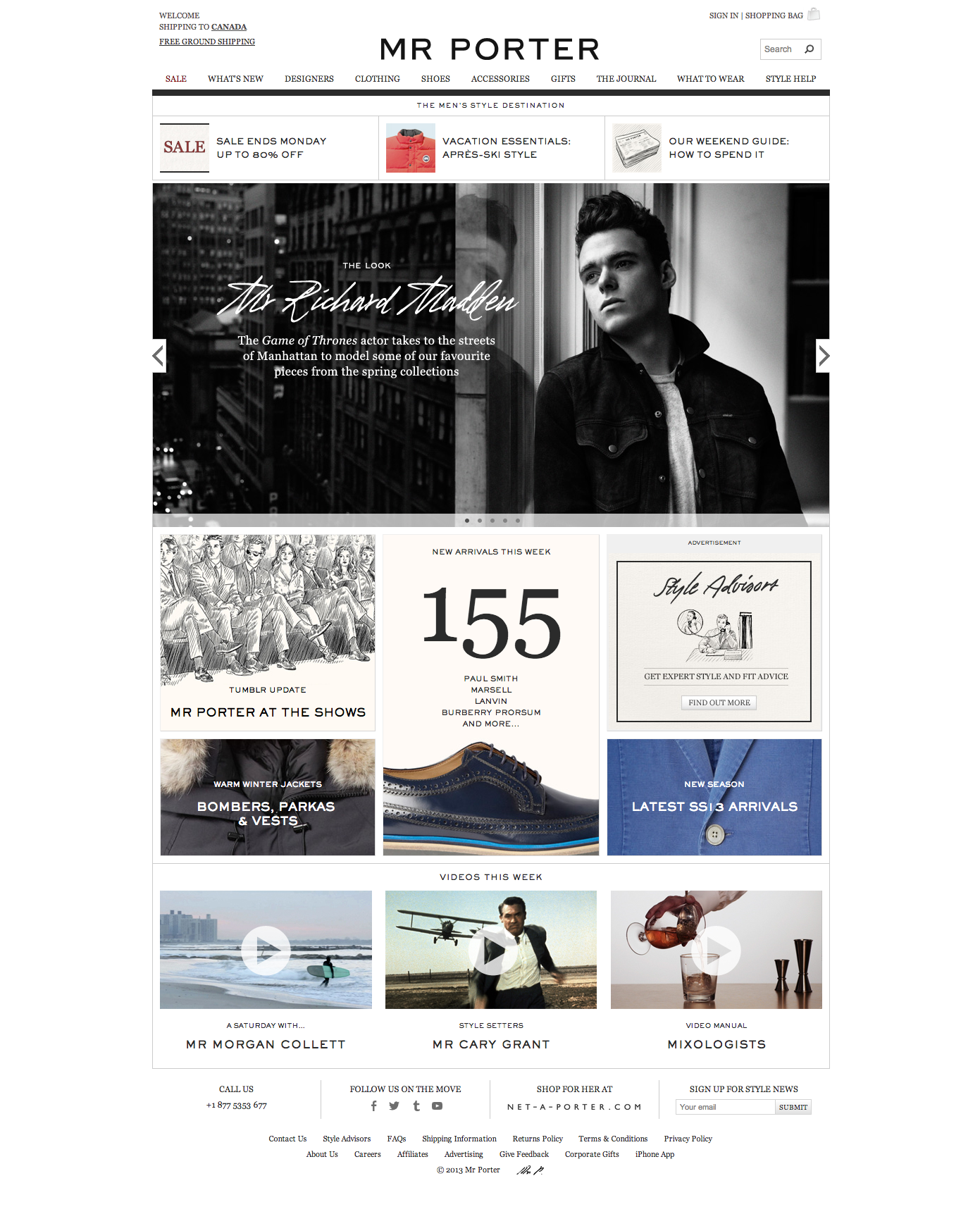On Management Philosophy
A few days ago, a former member of my department asked for a little help developing a management style. I suck at blogging these days, so I'll use this opportunity to steal those email thoughts and make them a bloggy thing. I'll pick up after the niceties.
__
The shortish bit though, I think it's really important to think in principles first. That's more of an all encompassing philosophy for me, but it's particularly important here because you’re dealing with lots of different individual personalities. And many of those won’t work or think like you do. If you're pretty clear on the big picture, it's easier to figure out how to adjust on the fly day to day.
So a couple different things to think about - one is how they work, and the other is about the work itself.
The first thing on how they work - do they give a shit? Some people are willing to let things be just okay as long as they can get out of the office. Those people usually get written off pretty quick. But you'll notice how many times I talk about that though. Mostly just to make clear what the expectations are. As in, this isn't about me - but you taking ownership of making yourself better. That means learning and expanding your thinking on your own, and not expecting others to do it for you. Some people will talk a lot about how to motivate, but I sort of think my time is better spent finding motivated people than getting unmotivated people to work harder. That being said, clearing out all the typical agency crap that can be demotivating is still really important.
Second is empathy. Not only putting yourself in the shoes of the client or whoever you're trying to reach, but to think about what other people you work with need from you. If you spend 5 minutes thinking over what everybody wants, you can take care of those parts and gain a huge amount of latitude to get done what you need to get done. For a young strategist, that usually means worrying about the details. Pay attention to spelling, don't be late, do stuff on time, be considerate, that sort of thing.
Third is acting and looking like a pro. The way we frame our thinking or ideas is half the battle if you want anything good to get a listen. No reason to get stuff kicked back because you wrapped an interesting core thought or idea in an uninspired argument or a document that looks like hell. If it looks sloppy, most people will assume the thinking is sloppy too. The more your work is joy to follow, the more credit you'll get for the thinking. Sort of related to the last point.
Fourth is staying opportunistic - which is essentially to say, don't be passive. The highest goal is the quality of the end product, so don’t wait for people to tell you what to do. Look for opportunities to improve what that thing is and don't make excuses or blame other departments when something sucks.
For younger planners, if you can get those things right, it makes talking about the work itself that much easier.
Then for projects - I'm generally watching the story or the argument. When you boil down all the big stuff, what is the larger thing we're building to. That's difficult usually for younger planners. It’s way easier to collect lots of stuff than it is to make it say something. So it’ll often be your job to show them how that collection of things can turn into an argument or a direction when re-assembled in the right order and positioned in the right way. That's what the 30 second pitch framework was all about - making sure everyone was thinking about how pieces become a whole.
After that, it’s staying connected to what makes a brand interesting above anything else. Which basically means thinking about what people give a shit about and matching that with how a brand can relate to that thing. So most new planners start with a selling statement - our cars are the fastest, our pencils have lead that doesn't break. Bla bla bla. But 90% of the time, that's not what makes that brand interesting to people. It does happen, but we’re usually something close to functional parity and we’re influencing along other dimensions. So as you’re discussing an approach or an argument, that’s consistently asking questions about what people care about, or why they care, or what people do with the brand, or where the brand comes from, or how a brand got big in the first place. That's all stuff that can be windows in to a overall more interesting story.
Then last thing is giving people space to gets things done in a way that suits their personality. Some people think more visually, some people more in stories, some people in numbers, some people like writing stuff out. Then some people want to spend lots of time in groups, some like to do most their thinking on their own. I think the crappier managers will impose their way as the only approach that works, but if you try to get someone who is a little quieter to constantly do all their thinking out loud, you won’t get the best work and that person will likely flame out. Now that being said, strategists in particular need to do some shapeshifitng, so it’s good to get people uncomfortable from time to time - whether that’s how they work or the type of work, but you’d still want the bulk of their time on projects where they’ll naturally be more proficient.
Sooooo - I think that's my big principles. Obviously, you make calls as you go, and you change around the edges depending on what that particular person needs, but I think you'll be better equipped to direct them if you start with what you want them to be and how you think the work works best. Then it’s asking the right questions, giving them good inputs, funneling the right work to the right people, that sort of thing.










